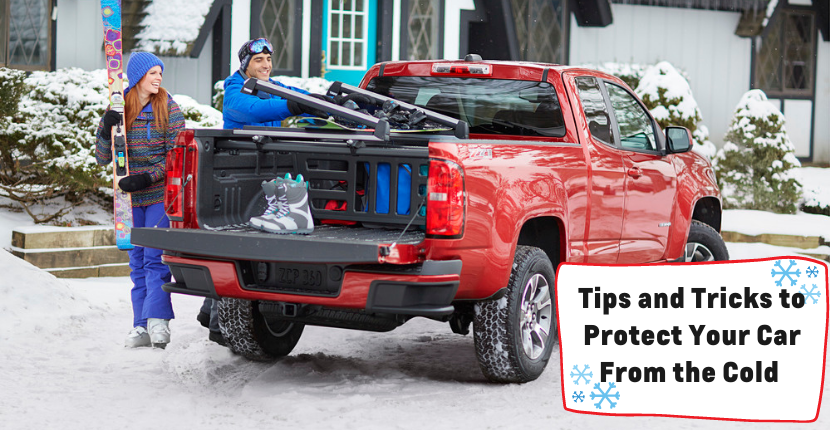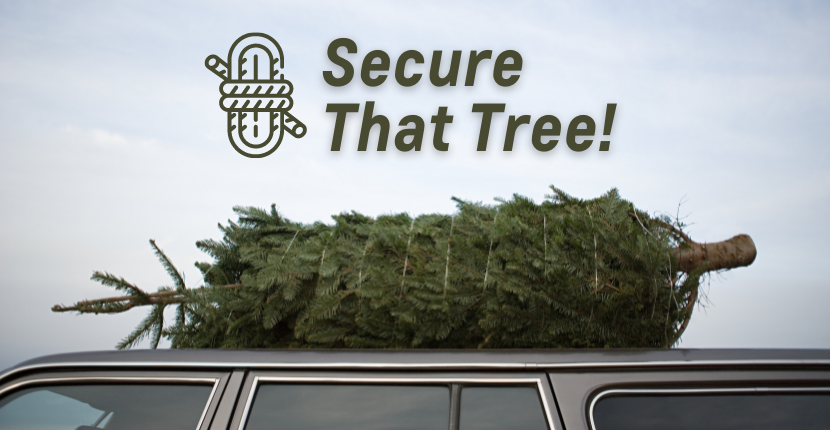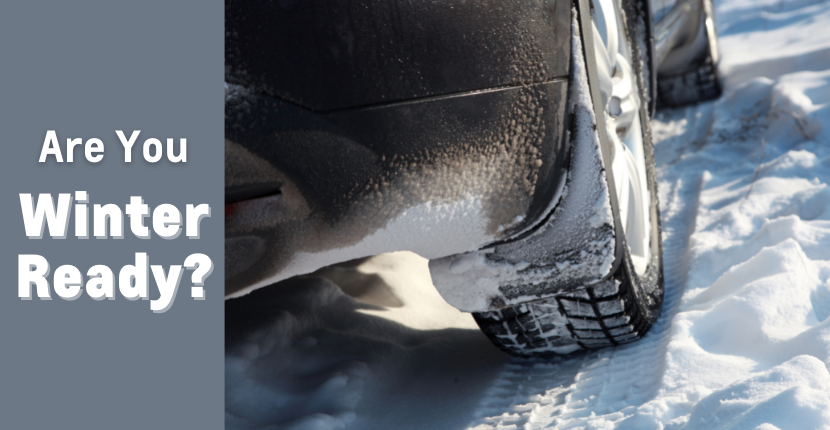Tips and Tricks to Protect Your Car From the Cold

As the winter months near, it is important to start considering how to protect your car from the cold and harsh wintry weather. Leaving cars in extreme cold can cause various problems and reduce the chances of your car running properly.
Problems that Can Result From Parking Your Car Outside in the Winter
Battery Death: After leaving your car outside in frigid temperatures, you may find that your car’s battery is dead, meaning it won’t start. This happens because extreme coldness decreases the voltage of your car’s battery. It is a good idea to get your vehicle’s battery checked before the winter weather arrives.
Fluids Becoming Thickened: Important fluids in your car, such as the power steering and brake fluids, can thicken in extremely low temperatures. Without properly working fluids, your car will have difficulty running properly, which may be a potential safety hazard.
Tire Pressure Dropping: For every drop in temperature, there is a drop in your tire pressure. For every 10-degree temperature drop, for instance, tire pressure can decrease by about 1 PSI (pound per square inch). It is important to note that air is not escaping your tires, but the air is merely condensing. Low tire pressure is a safety risk, so you should check if your car’s tire pressure during the winter.
Hail and Snow Damage: Leaving ice on your car after it has sat outside can result in damage to the vehicle, such as chipping the paint or damage to the interior if the melted ice water leaks in. Additionally, leaving a car outside in winter makes it vulnerable to denting from hail.
Best Ways to Protect Your Car During the Winter
Use Outdoor Winter Car Storage: One of the best ways to store a car outside is with some sort of storage cover. Most of the damage vehicles might face by being left outside in the winter can be prevented with storage, such as a car parking tent. They function well in extreme coldness and prevent your vehicle from being covered by ice and snow, even protecting it from hail damage.
Inflate Your Tires: To prevent them from developing flat spots, inflating your tires beforehand is very important. Make sure you properly inflate by using a guide or taking your vehicle into service.
Keep it Away from Wetland: Whenever possible, it is best to keep your vehicle as far away from moisture as possible. If you are parking your car on a wet surface, your tires may eventually be stuck in frozen ice after a long exposure to frigid temperatures.
Remove the Battery: If you absolutely must leave your vehicle outside during the winter, it is a good idea to remove the battery so it is not damaged from low temperatures. When taking it inside, make you keep it in a cool, dry and ventilated area.
Refill Car Fluids: Topping off your vehicle’s fluids will help reduce corrosion and prevent contaminants from reaching its internal system. If possible, it is a good idea to flush the brake system. You may also consider adding a fuel stabilizer to prevent buildup in your gasoline tank, which can happen when it sits for extended periods of time.
Wax Your Vehicle: Because precipitation (mixed with acid dirt and other minerals) can result in rust, it is a good idea to get your car waxed before winter. This provides another layer of protection for your vehicle’s paint.
Looking to protect your vehicle from the winter weather? Ray Chevrolet in Fox Lake is here for all of your winterizing needs. Schedule a service appointment today!



